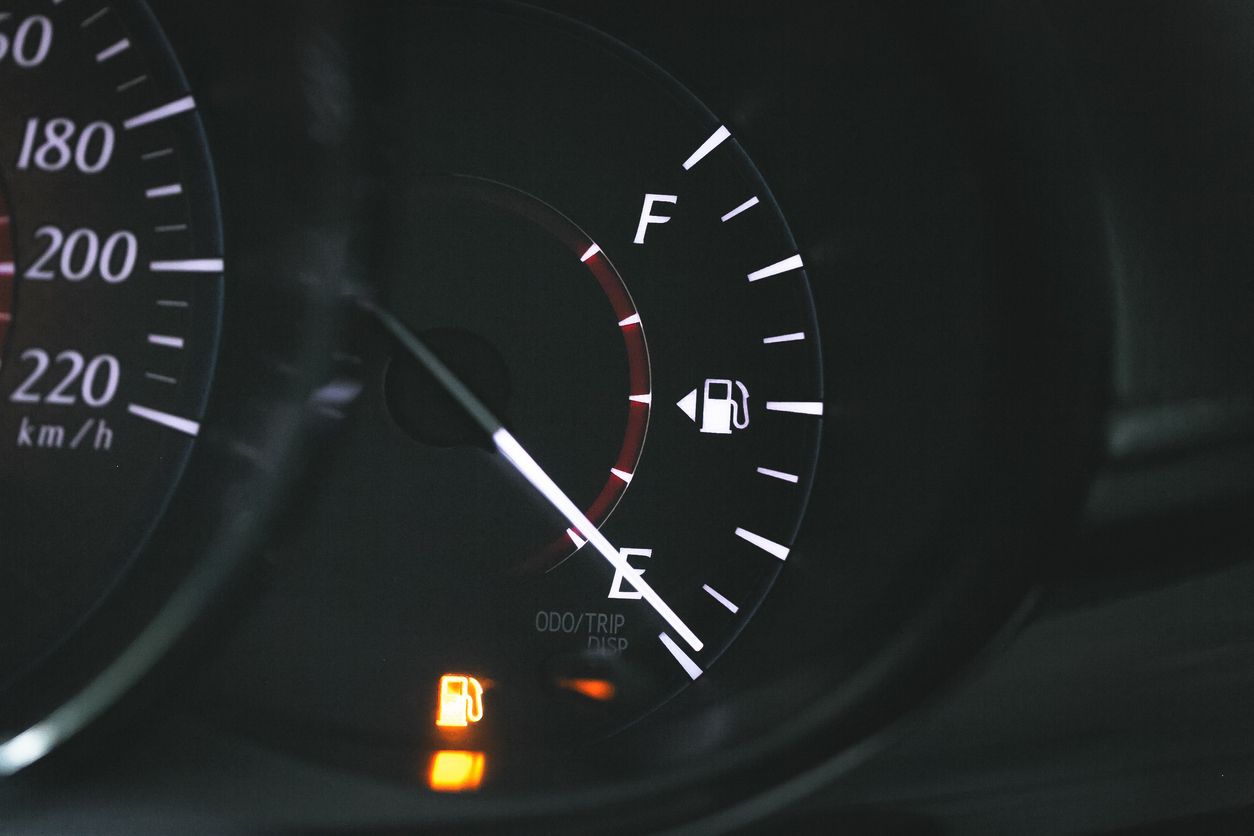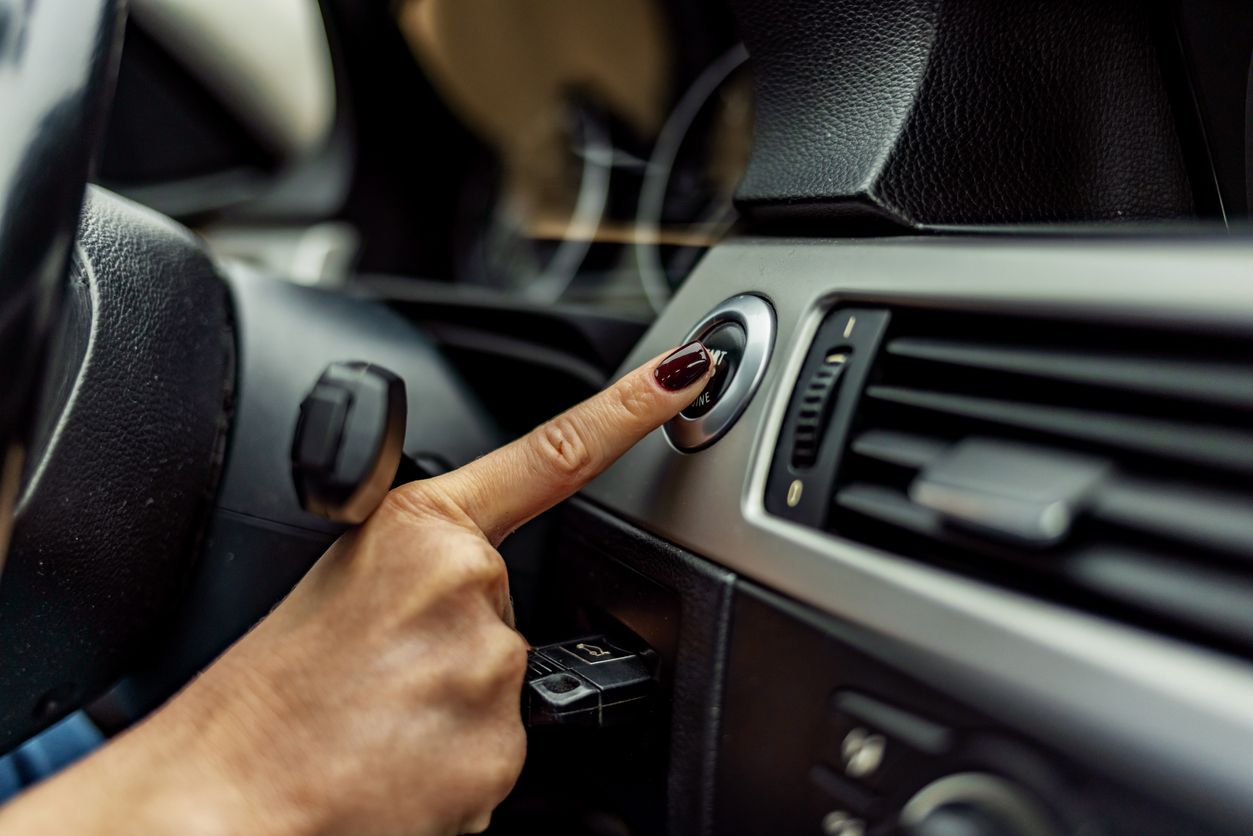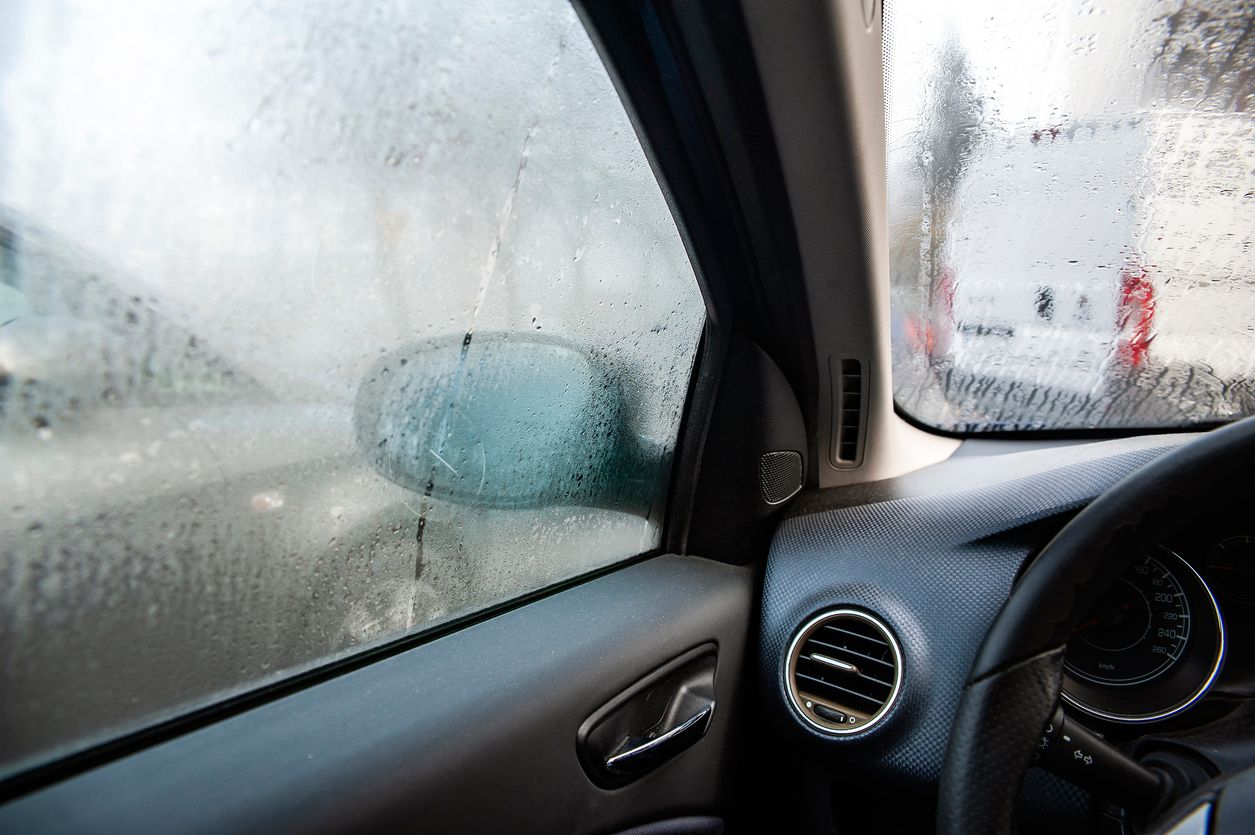
How Long Can I Drive With My Gas Light On?
Running your car on empty might seem harmless, but it can cause major damage. Learn how long you can drive on empty, what can happen to your engine, and more.
Read More
By keeping up with the your vehicle's recommended transmission fluid change schedule, you can keep your transmission in good working order and decrease the likelihood of costly transmission repairs down the road. In many cases, a transmission fluid exchange is due every 30,000 miles or 2 years.
Firestone Complete Auto Care stores across the nation offer manual and automatic transmission fluid exchanges. During a transmission fluid exchange, our tire and automotive service professionals will remove virtually all the old transmission fluid and replenish it with new transmission fluid. The transmission fluid exchange process differs between an automatic and manual transmission, but the end result is the same: a more efficient transmission, better fuel economy and the avoidance of transmission repairs caused by neglected transmission fluids.
Call or come into your neighborhood Firestone Complete Auto Care store today for a transmission fluid change and read on to discover how transmission fluids work.
In manual transmission systems, transmission fluid is primarily used to prevent overheating and the premature wear of gears. The transmission fluid also keeps the gears lubricated and at cool operating temperatures.
The type of transmission fluid used in manual transmission systems will largely vary depending on the make, model, and specifications outlined in the vehicle owner's manual. Manual transmissions may use manual gear oil, or transmission fluid specific to each vehicle make and model.
If you have a manual transmission system you want to keep an eye out for contaminated transmission fluid, and specifically transmission fluid that appears to contain any shards of metal from worn bearings or synchronizers. Transmission fluid runs between all the gears in your manual transmission and running metal-laden fluid through metal gears can end up causing untimely wear.
Another thing to look out for is a transmission fluid leak. While the transmission fluid in manual transmission vehicles doesn't tend to naturally break down on its own, loose parts or impact from road debris can cause leaks and low fluid levels.
In manual transmission vehicles the clutch and gears are manually moved by the driver of the car. In automatic transmission vehicles, this movement happens from a hydraulic system that is powered by the force of pressurized transmission fluid moving through the transmission system. So, in addition to cooling the transmission and preventing internal gears from grinding, the transmission fluid in automatic transmission vehicles also powers the transmission.
Because automatic transmission systems generate a lot of friction and heat with regular use, the fluid in automatic transmission vehicles will naturally breakdown and dissipate over time. For this reason, owners of most automatic transmission vehicles should check their trans fluid levels regularly to make sure fluid levels are not low.
Like manual transmission owners, automatic transmission owners should also keep an eye out for fluid contamination caused by wearing gears, and leaks. Stop on by your nearest Firestone Complete Auto Care for a tire and auto service professional to check your transmission fluid levels and inspect to see if your vehicle needs a transmission fluid exchange services.

Running your car on empty might seem harmless, but it can cause major damage. Learn how long you can drive on empty, what can happen to your engine, and more.

You know your alternator is important. But do you know what happens if it wears out? Check this list of common signs to look for if your alternator is failing.

Have you ever noticed that your car fogs up inside, especially when it’s cold outside? Why does that happen? This guide will explain why and how to fix it!